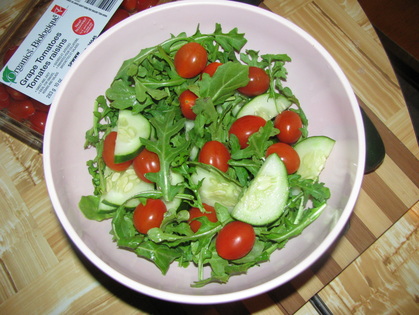
The plan:
I hate iceberg lettuce. Sure it adds a little crunch to a burger, and it does get the salad dressing to my mouth, but by itself it's tasteless and pretty much nutritionally void. This is why lately I've been trying to think outside the boring salad box.
First off, I'm big fan of spinach which has both taste and iron. Iron is good for your hair, and iron deficiency can cause fatigue. Adding some sauteed mushroom and goat cheese to raw spinach makes for an easy, filling salad (yes, I do know how to cook a little bit). Lately though, I've become enamored with a new green.
Enter arugula: a spicy little leaf that you won't want to drown with caesar or thousand islands dressing. Nutrient-wise, arugula is higher than other leafy greens in antioxidants and other chemical compounds known to battle cancer. The leaves contain vitamins A, C and K, and folate. As an added bonus for the osteo-conscious, arugula is one of the best leafy greens for calcium.
Still a minor but expanding crop in North America, arugula is popular in French, Italian and Egyptian cooking. Try out baby arugula, like mine to see if you like the taste first. The more mature the leaves, the spicier it gets. My 142g tub of organic baby arugula set me back $3.49 at a big chain grocery store. The leaves wilt quickly and need to be eaten within three days of purchasing, though with more mature arugula, placing the stems in cool water will help keep it fresh.
I hate iceberg lettuce. Sure it adds a little crunch to a burger, and it does get the salad dressing to my mouth, but by itself it's tasteless and pretty much nutritionally void. This is why lately I've been trying to think outside the boring salad box.
First off, I'm big fan of spinach which has both taste and iron. Iron is good for your hair, and iron deficiency can cause fatigue. Adding some sauteed mushroom and goat cheese to raw spinach makes for an easy, filling salad (yes, I do know how to cook a little bit). Lately though, I've become enamored with a new green.
Enter arugula: a spicy little leaf that you won't want to drown with caesar or thousand islands dressing. Nutrient-wise, arugula is higher than other leafy greens in antioxidants and other chemical compounds known to battle cancer. The leaves contain vitamins A, C and K, and folate. As an added bonus for the osteo-conscious, arugula is one of the best leafy greens for calcium.
Still a minor but expanding crop in North America, arugula is popular in French, Italian and Egyptian cooking. Try out baby arugula, like mine to see if you like the taste first. The more mature the leaves, the spicier it gets. My 142g tub of organic baby arugula set me back $3.49 at a big chain grocery store. The leaves wilt quickly and need to be eaten within three days of purchasing, though with more mature arugula, placing the stems in cool water will help keep it fresh.
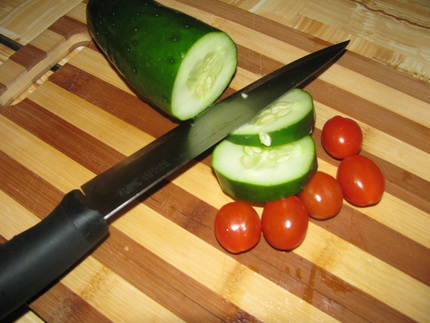
The procedure:
Buying: The less limp looking, the better. Avoid yellowing leaves.
Cooking: None!
Know your plants:
Arugula grows wild around the Mediterranean, and was eaten by the Romans. However, domestication and commercial production didn't start until the 1950's. Arugula is a part of the cabbage family. It's related to watercress, mustard and radish, and is said to be an aphrodisiac.
Buying: The less limp looking, the better. Avoid yellowing leaves.
Cooking: None!
- If the arugula isn't already washed, wash it thoroughly as grit can stick in the stems.
- Trim the stems if they bother you, I'm a fan personally.
- Mix in with you favourite salad veggies. I'm using cucumber and grape tomatoes.
- Mix in some dressing if you please. A little fat will help your body digest the nutrients, and make the salad more filling.
Know your plants:
Arugula grows wild around the Mediterranean, and was eaten by the Romans. However, domestication and commercial production didn't start until the 1950's. Arugula is a part of the cabbage family. It's related to watercress, mustard and radish, and is said to be an aphrodisiac.
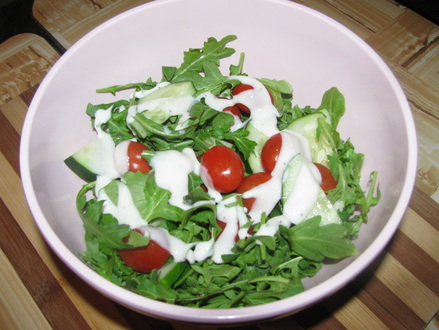
Since arugula is not a terribly common food for North Americans, less information on production and trade is available. However, I can tell you that my new favourite leaf is fast growing, going from seed to harvest in under a month, and that it is cultivated year round in Quebec and Florida.
As another consequence of its less-than-mainstream status, arugula has become a symbol of snobbery in contemporary politics. It's been used by conservatives to describe both President Obama and Liberal Party Leader Michael Ignatieff as elitists, detached from the real life of their constituents. I, for one, will not stand for the use of my beloved arugula in partisan public affairs. Arugula is delicious no matter how you vote. Arugula for everyone!
On this note, I'd like to close up this entry and bid you adieu. After a few months of writing Mostly Plants I will be taking a long, if not indefinite, leave of absence. Thank you for reading, sharing my journey, and motivating me to learn about all the botanical beauties out there to be eaten.
Good luck for the future, and remember the mission:
Eat food. Not too much. Mostly plants.
As another consequence of its less-than-mainstream status, arugula has become a symbol of snobbery in contemporary politics. It's been used by conservatives to describe both President Obama and Liberal Party Leader Michael Ignatieff as elitists, detached from the real life of their constituents. I, for one, will not stand for the use of my beloved arugula in partisan public affairs. Arugula is delicious no matter how you vote. Arugula for everyone!
On this note, I'd like to close up this entry and bid you adieu. After a few months of writing Mostly Plants I will be taking a long, if not indefinite, leave of absence. Thank you for reading, sharing my journey, and motivating me to learn about all the botanical beauties out there to be eaten.
Good luck for the future, and remember the mission:
Eat food. Not too much. Mostly plants.
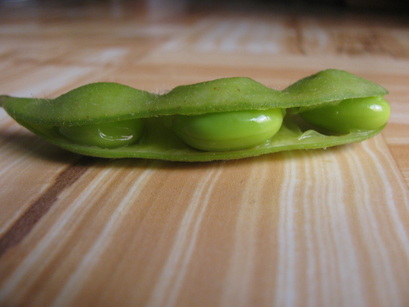
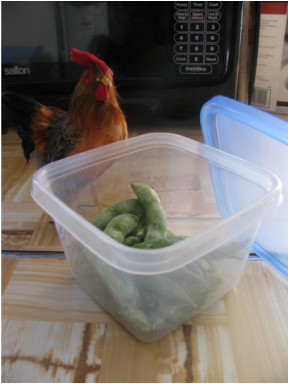
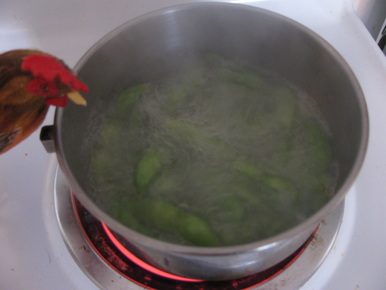
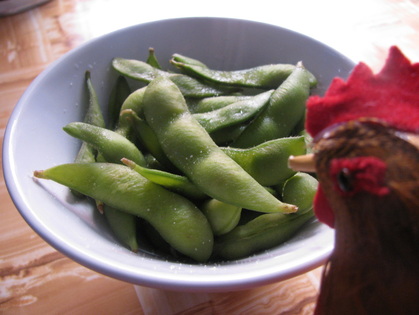

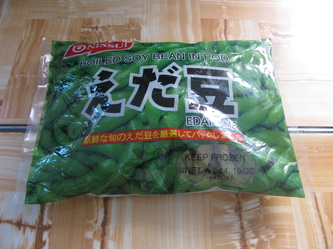
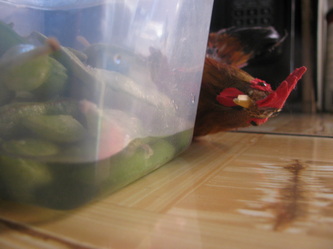
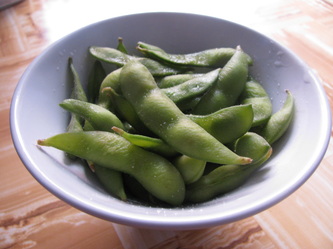
 RSS Feed
RSS Feed